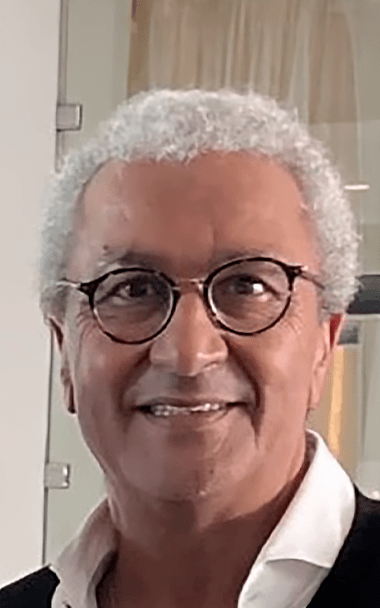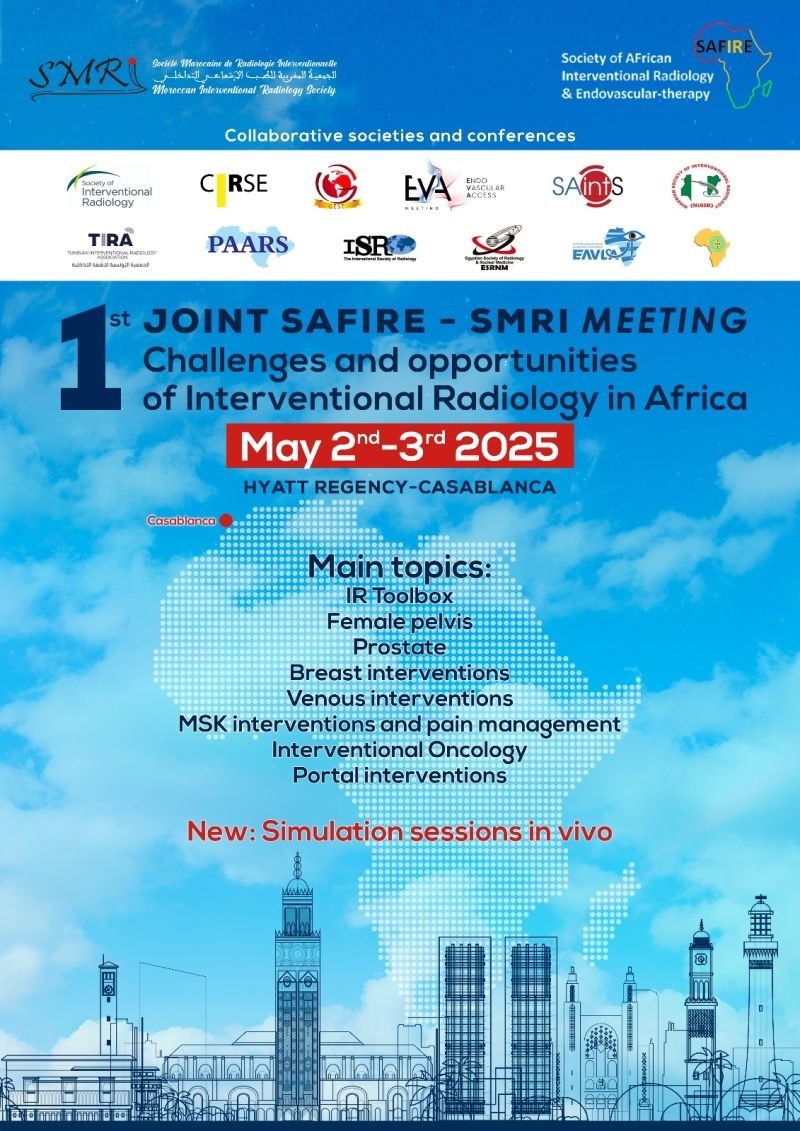New CIRSE group member – The Moroccan Interventional Radiology Society
The Moroccan Society of Interventional Radiology (SMRI) recently became a CIRSE group member. The society will soon host a joint meeting with SAFIRE in Casablanca, at which CIRSE will be present. SMRI President Dr. Belhoucine A. Fattah spoke to us on the history of his society, as well as the current status of IR in Morocco.
CIRSE: Can you tell us about the history of your society?
Dr. Belhoucine A. Fattah: Our society was established over 15 years ago by a handful of pioneers practicing this emerging field. With the growing number of interventional radiologists in the country, it has undergone significant restructuring in recent years, following a period of dormancy. Today, the executive board includes IR specialists from both academic and private institutions, practicing across Morocco.
It is worth noting that interventional radiology (IR) remains a relatively new specialty in Morocco, as in many developing nations. We pay tribute to the early colleagues who performed the first procedures in Rabat and Casablanca during the 1990s.
Since our restructuring two years ago, our efforts have focused on revitalizing and promoting IR nationwide. To date, we have successfully organized three international congresses, addressing key areas such as hepatic, breast, and neuro-interventional radiology. These events have welcomed distinguished international experts and greatly enhanced the visibility of our society.
What is the path like for students or physicians who wish to become an IR in Morocco?
In Morocco, the pathway begins with a general medical degree, followed by specialization in diagnostic radiology. Physicians interested in IR then pursue additional practical training in university hospitals where the specialty is practiced. This training is often complemented by fellowships abroad in high-level centers to acquire advanced technical skills.
Personally, I completed my radiology residency in Marseille, France, and further specialized in interventional radiology at La Timone University Hospital ( a renowned reference center under Professeur BARTOLI and his team) as well as in other academic hospitals across France. This experience allowed me to gain substantial expertise in IR, which I now practice in Casablanca, contributing to the expansion of this field in Morocco.
Our society is actively engaged in enhancing local training by collaborating with international institutions and organizing hands-on workshops for young radiologists.
How does your society inform patients about IR treatments? How aware of interventional radiology is the general public?
Raising awareness among patients and the general public is one of our core missions and ongoing challenges.
Although we are still in the early phases, we are seeing encouraging momentum, aligned with the current health reforms led by His Majesty the King. We are planning nationwide information campaigns and regularly organize scientific seminars in partnership with other medical specialties to highlight the benefits of IR.
While interest in IR among Moroccan radiologists remains limited, we remain optimistic and committed to promoting these minimally invasive and highly effective procedures.
What are your local challenges? Conversely, what is something you feel that IRs do exceptionally well in Morocco that others should learn from?
Our key challenges include limited access to state-of-the-art equipment, a shortage of structured training programmes, and low awareness of IR among both patients and healthcare professionals.
Despite these barriers, Moroccan interventional radiologists demonstrate remarkable innovation, often delivering high-quality care with constrained resources. They also excel in adapting international techniques to local realities.
Why did you decide to become a CIRSE group member this year? What initiatives are you and your members involved in or hope to become involved in in the future?
We are truly honored to have been welcomed into this prestigious organization, and I take this opportunity to thank Professor Touil N. for her instrumental role in facilitating this partnership.
We joined CIRSE this year to strengthen our international collaborations and to benefit from the expertise and global reach of your society.
CIRSE is an international leader in the field. In May, we are proud to co-organize a joint congress with SAFIRE (African Society of Interventional Radiology), in which CIRSE will also take part. This major event marks a significant milestone for our society and for the promotion of IR across the African continent, helping us reach a broader patient population.
Looking ahead, we aim to engage in collaborative research projects, develop certified training programmes, and further raise the profile of IR in our region. We are confident that our collaboration with CIRSE will accelerate our progress and reinforce our impact on the growth of this specialty in Morocco and beyond.


